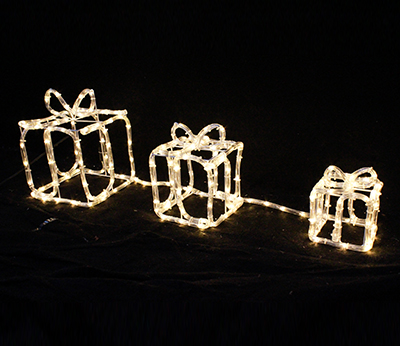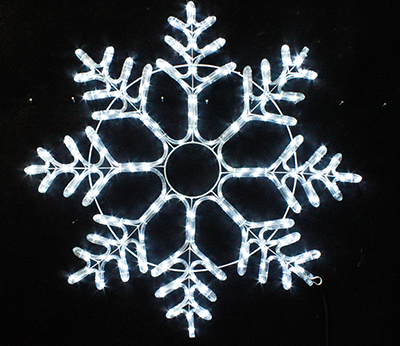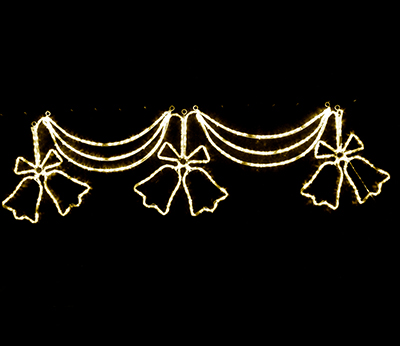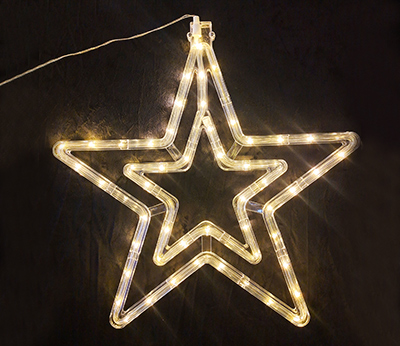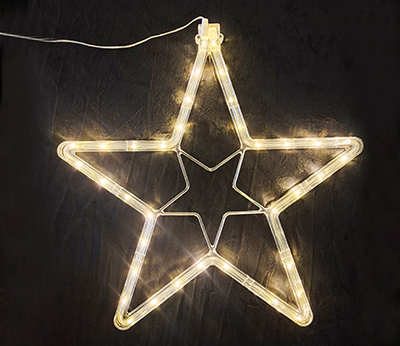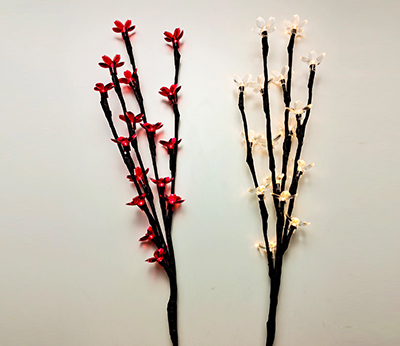To improve energy efficiency, many people have replaced incandescent lamps with light-emitting diode (LED) bulbs. However, those currently on the market emit a lot of blue light, which is related to eye discomfort and sleep disorders.
Now, researchers reporting in ACS Applied Materials & Interfaces have developed a prototype LED that reduces the blue component (instead of the mask), reduces the blue component, and at the same time makes the color look like it is in natural sunlight The same below.
LED bulbs are popular because of their low energy consumption, long service life, and ability to quickly turn on and off. Inside the bulb, an LED chip converts current into high-energy light, including invisible ultraviolet (UV), violet or blue wavelengths. The cover placed on the chip contains a plurality of phosphor-solid light-emitting compounds, which can convert high-energy light into low-energy visible light. Each phosphor emits a different color, and the combination of these colors produces a broad spectrum of white light. Commercial LED bulbs use blue LEDs and yellow-emitting phosphors, which look like cool, bright white light, similar to sunlight.
Continuous exposure to these blue-toned light is related to the formation of cataracts, and turning it on at night may disrupt the production of sleep-inducing hormones, such as melatonin, which can cause insomnia and fatigue. In order to make a warmer white LED bulb for night use, previous researchers added red-emitting phosphor, but this only masked the blue color, but did not eliminate it. Therefore, Jakoah Brgoch and Shruti Hariyani hope to develop a phosphor that can produce warm white light when used in violet LED devices while avoiding the problematic wavelength range.
As a proof of concept, the researchers identified and synthesized a new type of luminescent crystal phosphor containing euro ((Na1.92Eu0.04)MgPO4F). In the thermal stability test, the emission color of the phosphor remains consistent between room temperature and the higher operating temperature (301 F) of commercial LED lighting. In a long-term moisture test, the compound showed no change in the color or intensity of the light generated. In order to understand how this material works in a light bulb, the researchers created a prototype device in which the violet LED of the device is covered by a silicone cover that contains its light-emitting blue compound with red and red-emitting light. Mix of green phosphors. Unlike commercial LED bulbs, it produces the required bright warm white light while minimizing the intensity at the blue wavelength.


